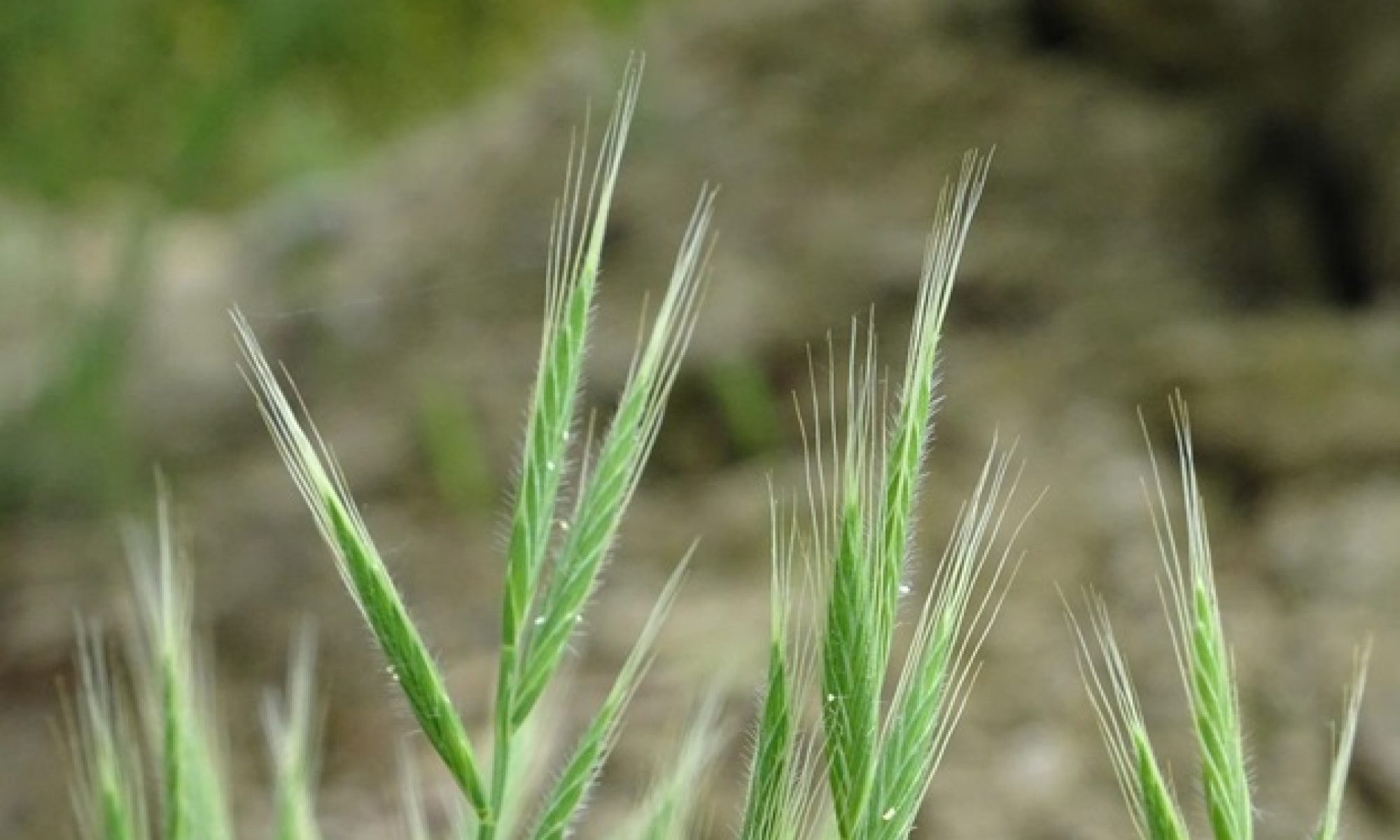Joint Genome Institute
More, more, more, the genus Brachypodium as a sequence-enabled functional genomics model
The development and acceptance of Brachypodium distachyon as a model system was propelled by whole genome sequencing. Since the sequencing of the initial reference genome in 2008 sequencing has continued to push the entire genus into a role as a model for both functional and evolutionary genomics. Functional studies are being enabled by: the sequencing and assembly of over 100 natural accessions, the creation of a pan-genome that showed nearly half of the high-confidence genes are missing from some lines, the creation of reference quality assemblies for three commonly used lines, surveys of the epigenetic landscape, and mutant sequencing that has identified over 1 million mutations. Evolutionary and functional studies have been enabled by the sequencing of three additional species: B. stacei, B. hybridum and B. sylvaticum. The first two together with B. distachyon serve as a tractable model to study polyploid genome evolution and regulation and the latter serves as a model for perenniality. Additional species are being sequenced now that will further serve to understand the evolution of the genus and the molecular basis of perenniality. A brief overview of how various sequencing projects enabled the development of powerful resources with an emphasis on the most recent projects will be presented.

